If one thing is certain, Polestar isn’t in a rush when it comes to releasing new models. More than seven years after introducing its first model, the gas-electric Polestar 1, the EV maker is finally rolling out the third entry in its line-up. But is the Polestar 3 the product the Volvo spin-off needs? Here’s our review.
Having started as Volvo’s performance off-shoot, Polestar was spun-off as the Swede’s electric marque with the introduction of the Polestar 1, a gas-electric hybrid grand touring coupe, in 2017. It would prove to be the brand’s only flirtation with petroleum.
By the time it reached production in 2019, the automaker introduced the Polestar 2, a battery electric compact crossover, and a harbinger of things to come. Yet it’s taken the company another half-decade to get its next model – the Polestar 3 – to market. That’s an eternity in the car business.
But it’s worth the wait. Here’s what we learned during a drive through the scenic countryside in Jackson Hole, Wyoming.
A sleek, sexy Polestar
While it isn’t the two-door slab of sex appeal that characterized the Polestar 1, the Polestar 3 does possess a fairly sleek look for a two-box design. Meant to take on performance SUVs such as the Porsche Cayenne, the Polestar 3 lacks the stodgy upright style of the Polestar 2, adding a certain visual allure that endows it with a sense of speed that the Polestar 2 lacks, as does the SUVs of corporate sibling Volvo.
Both Volvo and Polestar are owned by Chinese automaker Geely – not that you could tell. Initially, all Polestar 3s will be sourced from China until Volvo’s plant in South Carolina is up and running.
Nevertheless, the newest Polestar is strikingly slick, trading some practicality in exchange for its fetching, fast form.
Interior
Inside, you’ll find the elegantly stark Scandinavian cabin you’d expect from Polestar, which is centered around a center-mounted 14.5-inch Android-based touchscreen.
It handles the car’s functionality, from infotainment to climate. The software proves fairly easy to use, even if it takes too many taps to actuate things. That includes the vehicle’s driving modes, which require three taps to change. The main screen is augmented by a 9-inch driver instrument cluster that masterfully displays a lot of information with a good visual hierarchy that makes the screen easy to read. Even the small type is legible, as there’s nothing extraneous in its design to distract you. It’s all nestled in an instrument panel that’s accented in raw wood trim that adds a bit of warmth to the fairly unembellished interior.
The Polestar 3’s front thrones are supple and supportive, in typical Volvo manner. Both rows offer a plenty of legroom, and there’s also a fairly spacious 17 cubic foot cargo area that expands to practically 50 cf with the rear seats folded. There’s another 1.1 cf of space hidden under the rear cargo floor. A third row of seats is not offered.
More Polestar News
- Polestar Launches U.S. Production of the Polestar 3
- All-Electric Polestar 4 Makes Its North American Debut in the Big Apple
- Polestar Reports Massive Financial Losses
Behind the wheel
Polestar’s initial Polestar 3 offering is the dual-motor Launch Edition, which has 489 horsepower, 620 pound-feet of torque, and a range of 315 miles. If you opt for the $6,000 Performance Pack, you’ll get even more power: 517 horsepower, 671 pound-feet of torque. But range drops to a still-manageable 279 miles of range.
As you might expect, the Polestar 3 offers a one-pedal driving mode, which is characteristic of the EV breed. It helps slow the vehicle and recharge the battery driveline by harnessing energy during deceleration. Both Low and High settings are offered. Choose High. You’ll rarely – if ever – use the brake pedal while extending your vehicle’s range.
While Polestar marks the Porsche Cayenne as a key competitor, the 3’s performance profile is different, but no les alluring. While Porsche offers drivelines that will reassure you that gravity exists, the Polestar offers shear speed with a note of finesse. Comfort is never sacrificed at the altar of forward velocity. Instead, it’s a masterful mix of both. Still, 60 mph is dialed up in less than five seconds. Although not aggressive, the acceleration is nonetheless blazingly fast.
A smooth operator
And, as it uses electrons, not fossil fuel, there are no controlled explosions going on under the hood. This makes the Polestar 3 an epitome of sophistication. The driveline doesn’t induce the nauseating lurch that other EVs do when easing off the throttle. Instead, it’s outstandingly smooth at speed. There’s not a trace of tire or road noise to be heard.
A smooth operator, the Polestar 3 takes the worst of what rutted roads have to offer without faltering. It’s athletic, but not at the expense of comfort. Remarkably, driving through snowy, wet weather on Wyoming mountain roads on summer tires reveals a vehicle that doesn’t lose its grip, nor its composure.
It’s like PBS’s Mister Rogers, if he were personal transportation.
Opting for the Performance Package does tighten things a bit, but not at the expense of comfort.
Charging
All versions of the Polestar 3 share a 107.0-kilowatt-hour lithium-ion battery pack.It can handle up to 250 kW when plugged into a 250 kW DC public fast charter, meaning you can take a nearly drained battery and get back on the road relatively quickly.
At maximum power, that will get you from a 10 to 80% state-of-charge in as little as 30 minutes.
With a home Level 2 charger at 240 volts you’ll need to keep Polestar 3 plugged in overnight.
Pricing and availability
Test vehicles should be available at your local Polestar showroom by now, deliveries of the Polestar 3 set to begin before year-end.
Given its competition, you won’t be surprised to discover that the Polestar 3 is pricey. Our First Edition tester came at a price of $93,100, although the 2025 Polestar 3 starts at $73,400 and the 3 Performance at $79,400. Due to the price tag you’re not likely to qualify for federal tax credits. But by switching to U.S. production that means Polestar 3 won’t be subject to the increased tariffs on Chinese-made EVs approved earlier this year by the Biden administration.
Rarified and athletic, it’s well worth testing if you’re in the market for a luxury SUV ilk with a decided Scandinavian flavor. That is, as long you don’t mind its corporate parent.

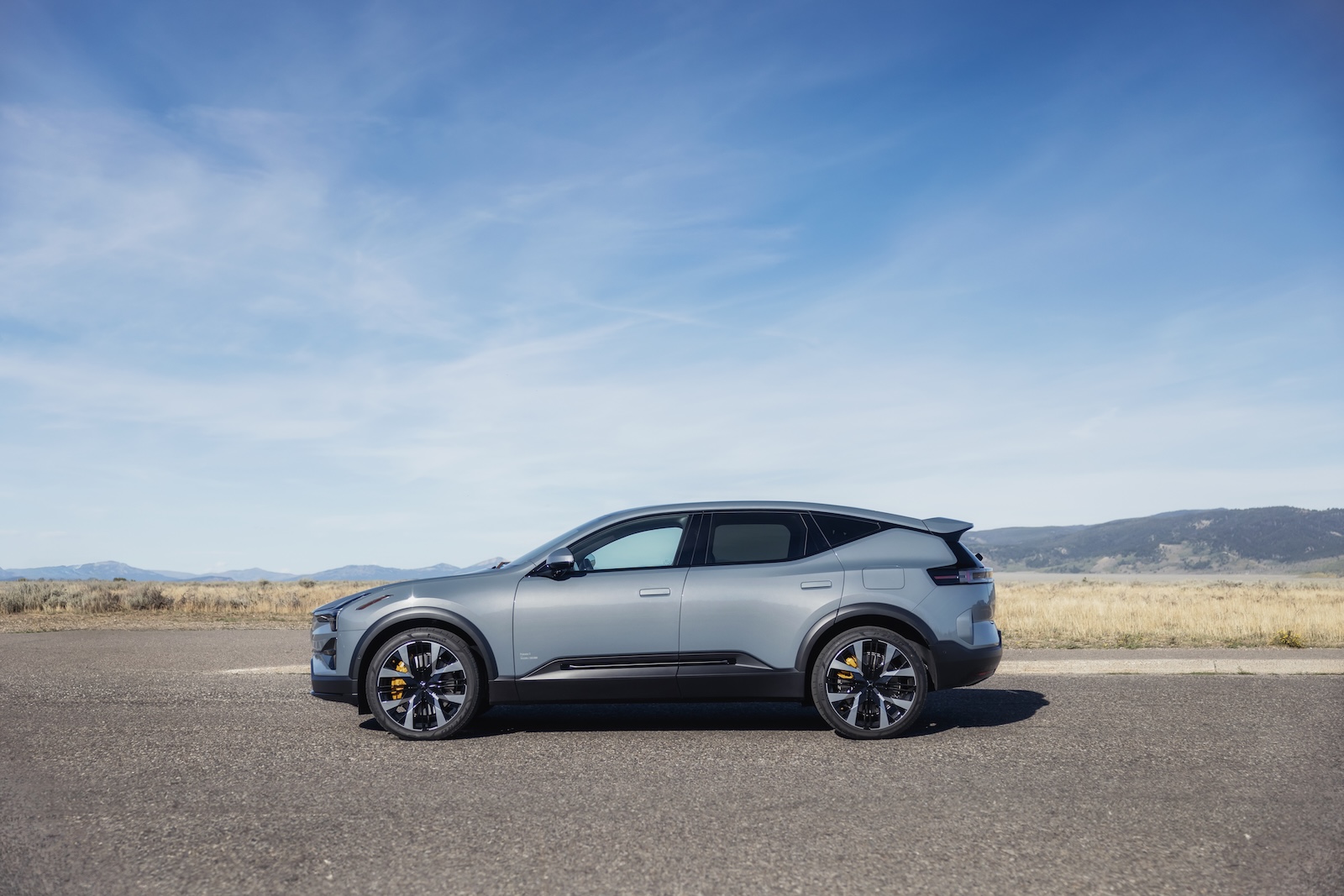
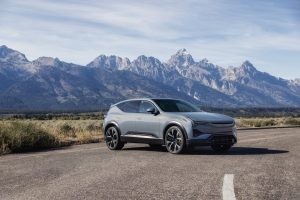
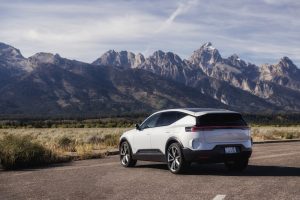
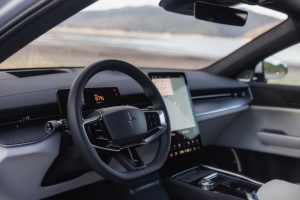


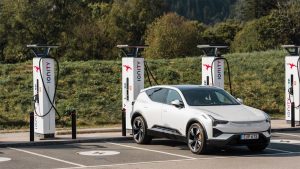


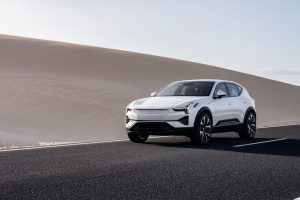

0 Comments